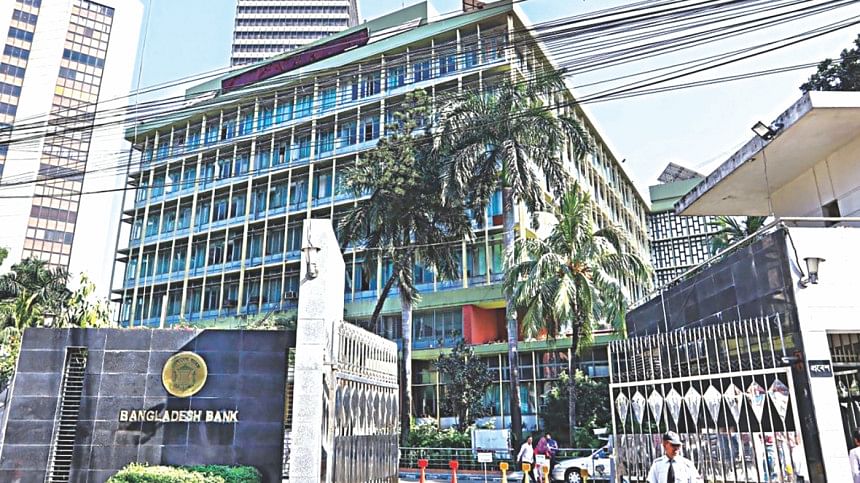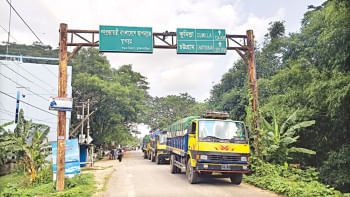Farmers are the main risk-takers in value chain

Shortfalls in supply are the primary cause of price increases of major essential commodities such as rice, potatoes, onions, and eggs, while farmers are the main risk-takers, a central bank study found.
The study, titled "A Study on Value Chain Efficiency of the Agricultural Products in Bangladesh", was released by the banking regulator on Tuesday.
It found that supply shortages typically occur during off-peak seasons and are also associated with decreased cultivation areas replaced by other profitable products, production being hampered by floods, and increased pest attacks.
The findings indicate that farmers or producers are the main risk-takers as they might earn a reasonable profit or face losses depending on supply, demand, competition, and production costs.
Other players, such as intermediaries, typically add cost and profit margins before selling products to the next actor, as per the findings.
"During our survey, we saw that farmers and producers are the main risk-takers. They make profits sometimes, but sometimes they face losses," Md Salim Al Mamun, director (research) of the chief economist's unit at the central bank, told The Daily Star
The study also said imports can help stabilise prices of the select agricultural products during the off-peak months, when supply is naturally low.
To ensure price stability without hurting local producers, the government can lower or eliminate import duties before certain months when there are shortages in the supply of respective commodities, it added.
The survey was conducted jointly by the Chief Economist's Unit and the Governor's Office of the central bank. The team surveyed 14 districts on five essential agricultural products: rice, potatoes, onions, eggs, and broiler chicken.
The study found that a significant amount of profit is earned by the farmers while intermediaries and wholesalers gain small margins in the case of rice and paddy production during the survey period.
Rice millers in the supply chain play a crucial role, setting prices based on milling costs and market demand and supply conditions for paddy and rice, and making profits both from rice sales and byproduct income, as per the study.
The study finds that big wholesalers, colloquially known as aratdars, and retail sellers for rice, both in local and urban markets, set prices based on supply, demand, and competition.
When there are rice and paddy supply shortages, implementing a reliable and transparent price range, particularly for millers and aratdars, is critical, and close monitoring of stocks is also needed, it added.
Floods and excessive pest attacks, higher prices of fertilisers and pesticides, electricity, wages, and labor contribute to higher production costs at the farmer level, said the study, adding that increased transportation and labor costs at the intermediary levels also lead to an increase in rice prices.

 For all latest news, follow The Daily Star's Google News channel.
For all latest news, follow The Daily Star's Google News channel. 



Comments